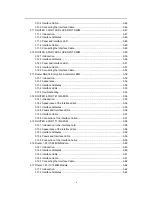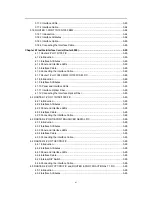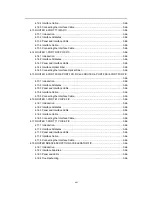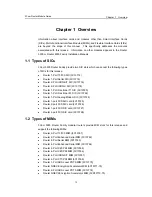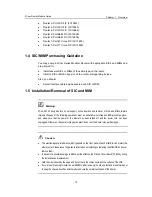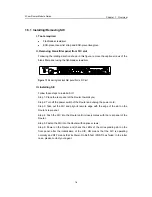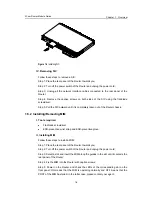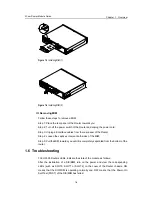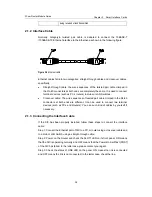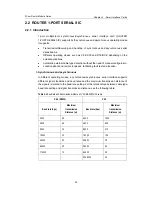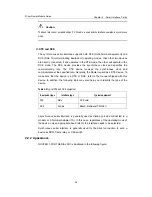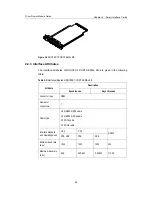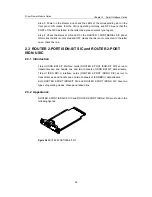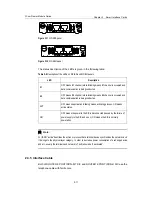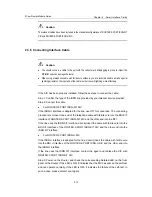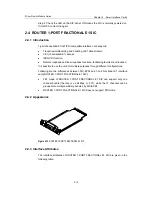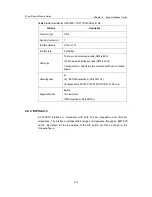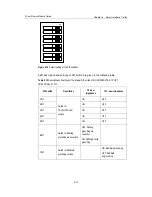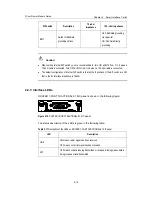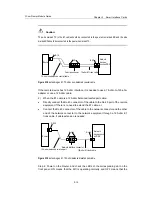
3Com Router Module Guide
Chapter 2 Smart Interface Cards
2-4
Caution:
The baud rate cannot exceed 64 kbps if V.24 cable is used and the interface operates in synchronous
mode.
II. DTE and DCE
The synchronous serial interface supports both DTE (Data Terminal Equipment) and
DCE (Data Circuit-terminating Equipment) operating modes.
Given that two devices
are directly connected, if one operates in the DTE mode, the other will operate in the
DCE mode. The DCE device provides the synchronous clock and specifies the
communicating rate. The DTE device receives the synchronous clock and
communicates at the specified rate.
Generally, the Router is used as a DTE device.
To
make sure that the device is a DTE or DCE, refer to the manual shipped with this
device. In addition, the following table may also help you to identify the type of the
device.
Table 2-4
Typical DTE and DCE equipment
Equipment type
Interface type
Typical equipment
DTE Male
PC,
Router
DCE
Female
Modem, Multiplexer, CSU/DSU
Asynchronous serial interface is generally used as dialing port and connected to a
modem or a Terminal Adapter (TA). In this case, regardless of the operating mode of
the device, only an appropriate baud rate for the interface needs to be selected.
Synchronous serial interface is generally used for the direct connection to such a
device as DDN, frame relay, or X.25 switch.
2.2.2 Appearance
ROUTER 1-PORT SERIAL SIC is illustrated in the following figure:

